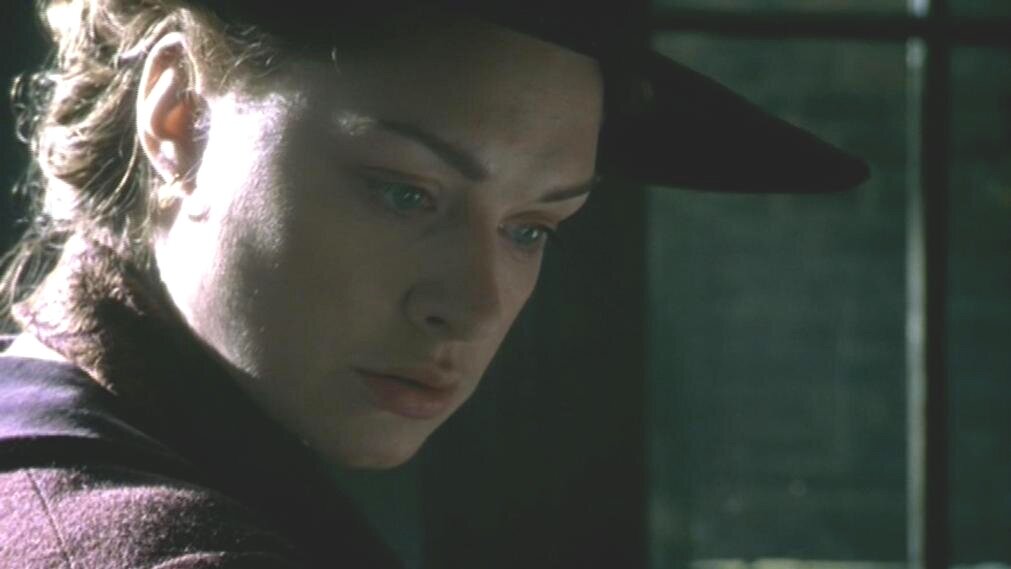It could be said that Elizabeth Gaskell's North and South is largely about Margaret Hale finding her home.
The word 'home' has rich meaning and conjures the same deep emotions as the word 'love' -- simply because the two concepts go hand in hand. Home is a center for love. That home means different things to different people who live in the same place, shows that our sense of home is also very individual. We each have a sense of what home feels like in our hearts, of what we hold most dear to our sense of purpose and place.
Home is something you treasure, and it's not the same for everyone. It can be difficult to put into words or make someone else understand what home means to us -- what home is to us. Margaret can't explain her home when Henry asks her to describe Helstone:
"...I cannot tell you about my own home. I don't quite think it is a thing to be talked about, unless you knew it."
Poor Margaret is thrust from one home to another three different times in the book: from London to Helstone, from Helstone to Milton, and from Milton back to London again. Through all these changes, the reader gets a good glimpse of how Margaret operates in three very different environments. And Margaret has the chance to experience contrasting cultures and venues. As she moves about from place to place, she is all the while developing her own individual values and sense of purpose. She is learning what it is that she really wants to create a satisfying home.
So what are the qualities of home she seeks? The sense of 'home' that she longs for changes as she matures, but the core values she wants to live don’t really vary. She wants to be where she can be free, where she feels a connection with the people around her, where she is valued, understood, and has a voice. In short, she's looking for a place where she is free to love and is loved in return.
The longing for home a powerful desire to belong -- to find a place where you feel needed and accepted, a place where you can shine. We find the most comfort and support in surrounding ourselves with people who think and feel the same and are involved in a deep-felt purpose.
The Margaret we first meet in the book is in a surrogate home. Contained by formalities, moving within the protected well-bred social circles of London, Margaret acts as an auxiliary to Edith, who is the true center of all activity at Harley Street. Margaret doesn't seem fully alive here, where the primary purpose of life is entertainment and social display. There's a side of her that is shut down while she's in London, a side of her that Edith and Henry do not know.




















